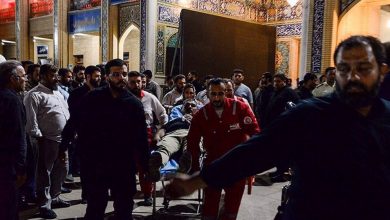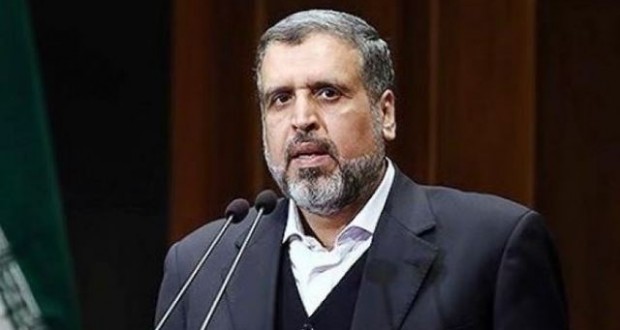Explainer: What are the advanced features of Iran’s Bavar-373 air defense system?
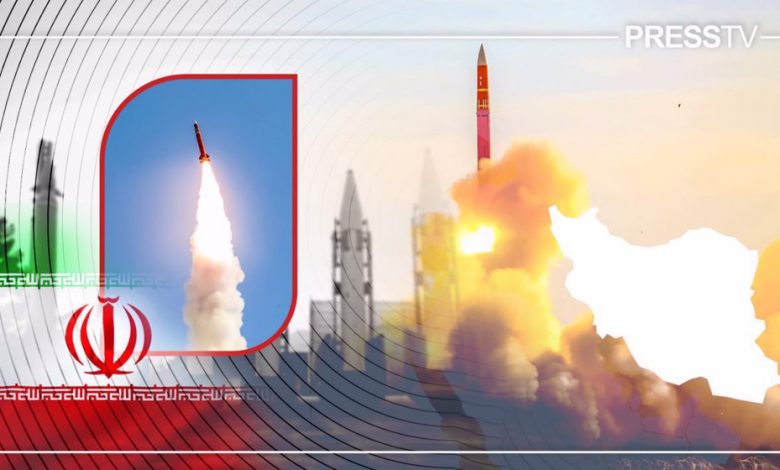
By Ivan Kesic
The latest successful tests of advanced missiles of the Bavar-373 air defense system confirm the reliability of one of the most important elements in the multi-layered Iranian air defense.
At the end of August, Iranian media published high-resolution photos of testing of the Bavar-373 air defense system in central Iran, revealing an 8×8 TELAR (Transporter Erector Launcher And Radar) vehicle launching the 300km range Sayyad-4B missile.
The tests were carried out on the occasion of National Air Defense Day, which is marked annually on August 30, with the chief commander of the Iranian Army Major General Abdolrahim Mousavi praising Iran as one of the world’s six countries with the longest-range surface-to-air missiles.
Not many details were provided about the upgrades, technical characteristics or location, except that it was one of the tests of the system’s most advanced interceptor missile.
The aforementioned Sayyad-4B missile has been known to the public since November 2022, while the new 8×8 TELAR vehicle was presented on National Army Day in April this year.
The Bavar-373, one of the world’s most capable mobile long-range air defense systems, has been operational since 2020 and is the result of ten years of indefatigable efforts by Iranian experts.
In its most advanced version, it protects a territory of about 280,000 square kilometers and is used to hunt various types of targets, including cruise missiles, drones and fifth-generation stealth jets, at different ranges and altitudes.
Bavar is the Persian word for “faith,” and 373 is the sum of the Abjad letters for the word “Mohammad,” the name of the Prophet of Islam.
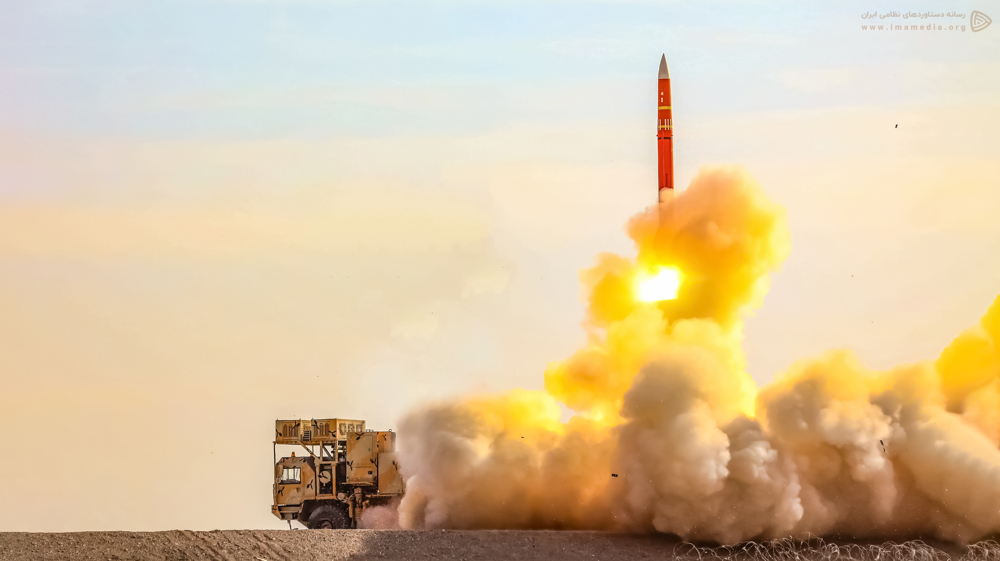
How was the system developed?
The need for a domestic long-range air defense system appeared in 2010 when Russia, under considerable American pressure at the time, suspended the delivery of the S-300PMU-1 system to Iran.
Iran did not have a developed air defense system industry and was experimenting with prototypes based on the short-range Chinese HQ-7, the medium-range Russian 9K37 Buk, the American MIM-23 Hawk, and the long-range Russian S-200.
In the early 2010s, the first domestic systems Mersad, Raad, Ya Zahra, Herz-9 and Talash appeared, and at the same time, other much more advanced systems were under development, including Bavar-373.
A prototype design of the Bavar-373 system was displayed in late 2011 and was described by military officials as more advanced than the Russian S-300 in terms of planned capabilities, and a year later it was said that 30 percent of development was complete.
The same year, Iran presented the Zoljanah 10×10 TEL (Transporter Erector Launcher) vehicle, which was supposed to carry tubes with interceptor missiles, and during the following years, various components of the system were gradually revealed.
In 2014, at various military events, Iran revealed a redesigned model of the Zoljanah 10×10 TEL vehicle, the Zafar 8×8 radar vehicle, the Sayyad-4 interceptor missile, and an early version of one of the Bavar-373’s radars.
A year later, after the signing of the JCPOA agreement and the lifting of sanctions, Russia announced that it would supply Iran with the S-300PMU-2 system, which Tehran agreed to, but the country nevertheless continued to develop its own Bavar-373 project.
In mid-2015, the then-Minister of Defense announced that Iran had completed the development of the domestically-produced Bavar-373, with mass production expected to be launched shortly thereafter.
He also stated that the country is not going to purchase the Russian-made S-400 air defense missile system, though Moscow has offered to sell it to Tehran.
In August 2016, Iran unveiled a functional prototype with other components, including the Meraj-4 S-band early warning 3D AESA (Active Electronically Scanned Array) radar.
Until then, foreign skeptics were skeptical that Iran was able to develop a long-range air defense system, whose global production is dominated by Russia and the USA, or they believed that it was an imitation of the outdated version of the S-300PT.
However, from the presentation it was evident that the launch tubes, interceptor missiles, radars, vehicles and all other components are completely different from other systems, thus even foreign military analysts admitted that it was “clearly a unique Iranian system.”
The upgrading of the Bavar-373 system took another three years and was officially unveiled as fully operational at a ceremony in August 2019, attended by top political and military officials.
At the end of 2022, a new generation of the Bavar-373 system was revealed, with more capable radars and a new Sayyad-4B interceptor missile with a longer range.
Around the same time, Iran had another 2- different short- and medium-range air defense systems, all independently developed and produced within the country.
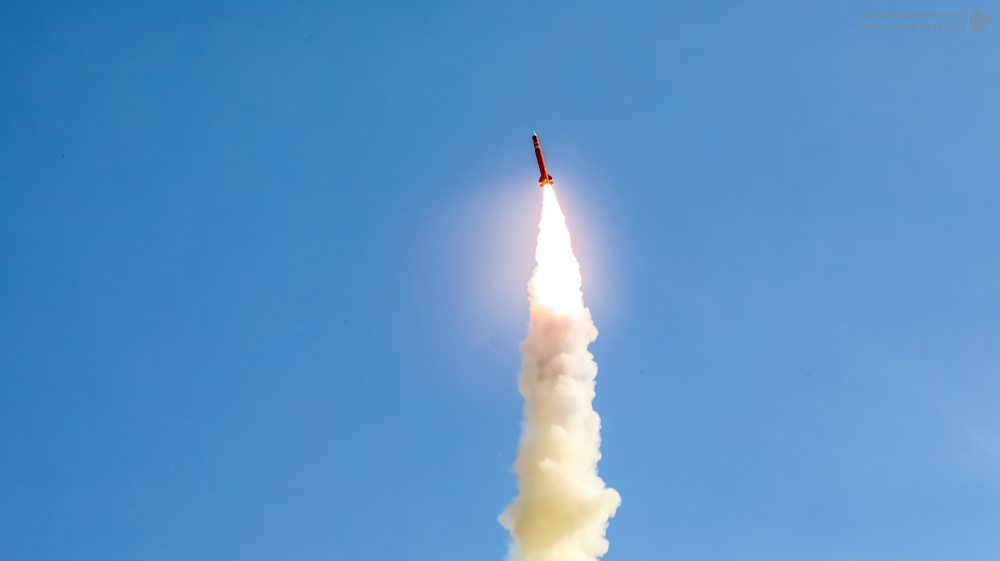
What are the system components?
The Bavar-373 system is modular, consisting of launchers and the fire control section which includes command and control, as well as acquisition and engagement radars.
It is also a highly mobile system because all components are truck- or trailer-mounted, so the Bavar-373 can be deployed almost anywhere in Iran.
The oldest known vehicle, the Zoljanah 10×10 TEL, unveiled in 2012 and redesigned two years later, carries four missile tubes that are lifted by hydraulic jacks.
An alternative to the Zoljanah, which has not been seen at military events in the past five years, is the unnamed 8×8 TELAR, used in early missile tests.
At the military parade held in April this year, two Bavar-373 missile tubes were mounted on the MZKT-791300, an 8×8 TELAR designed and manufactured in Belarus.
The Bavar-373 battery can include up to six TEL(AR)s, stationed close to each other, which means that depending on the configuration of the missile tubes (two or four) they can contain up to 24 missiles.
Zafar 8×8, another Iranian-made vehicle, has a 400 hp turbocharged diesel engine, a load capacity of up to 24 tons and is used for mounting radars with full 360° of rotation in the middle, as well as a command cabin at the rear.
It can also be used for mounting command and control (C2), normally seen atop a 6×6 truck. As the mentioned TEL(AR)s, the Zafar 8×8 is off-road capable and has an operational range of 800 km.
The only trailer-mounted component of the Bavar-373 system is the huge Meraj-4 radar, the largest among others, pulled by a civilian-type tractor truck.
The Meraj-4 radar is a long-range 3D S-band linear AESA radar made of 40 rows of waveguides, developed and produced by Shiraz Electronics Industries (SEI).
Its function is to control large swathes of airspace in over 636,000 square kilometers, providing information to sister systems in its vicinity.
The Meraj-4’s slotted waveguide planar array with a bandwidth of 250 MHz rotates from 3 to 6 times per minute and can detect targets of speed up to Mach 3, at an altitude of 100 m to 25 km, and at a distance of up to 450 km.
The antenna is operational at temperatures from -30 to +55°C, at altitudes up to 3000 m, air humidity up to 95%, and maximum wind speed of 20 m/s, and four radar crews install it in half an hour.
Its electronic counter-countermeasures (ECCM) capabilities include burn through, sidelobe blanking (SLB) and sidelobe cancellation (SLC), frequency hopping, pulse repetition frequency (PRF) jitter, jamming analysis transmission selection (JATS) and lowest side lobe level (LSLL) antenna.
In addition to the Meraj-4 radar, the Bavar-373 system also uses the Hafez S-band AESA acquisition radar, mounted on Zafar 8×8, which has track while scan (TWS) capabilities, maximum range of 300 km and the ability to detect up to 100 targets.
The third is the X-band AESA engagement radar, also produced by SEI, with a maximum detection range of 320 km and the ability to track up to 300 targets and engage six targets simultaneously with twelve missiles (two per target).
The remaining two are an Alim passive radar, used to resist electronic warfare and increase the detection range of stealthy targets, and one unknown seen mounted on the latest TELAR.
The Bavar-373 uses Sayyad-4 interceptor missiles, with a range of 300 km, vertically launched from different TEL(AR)s.
